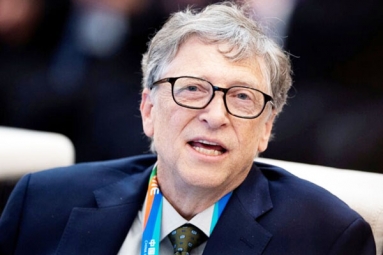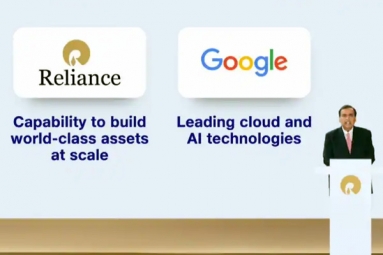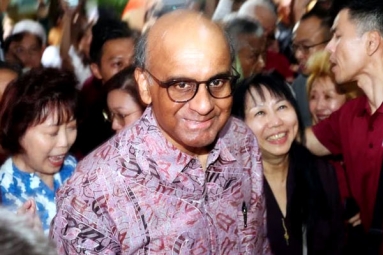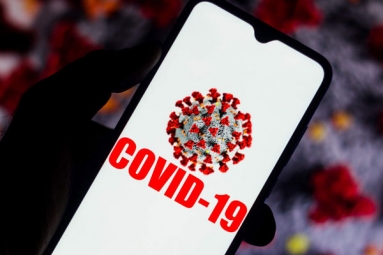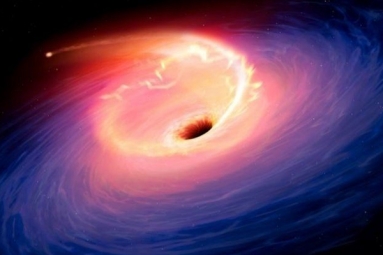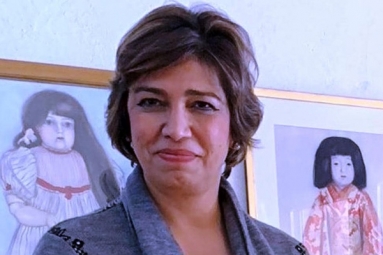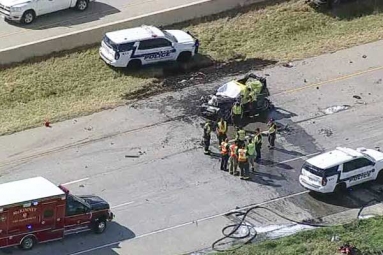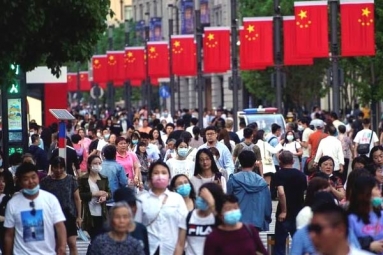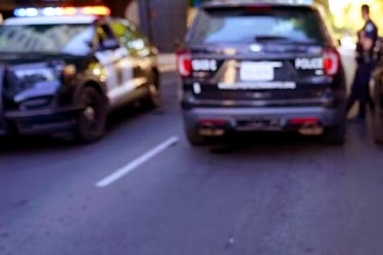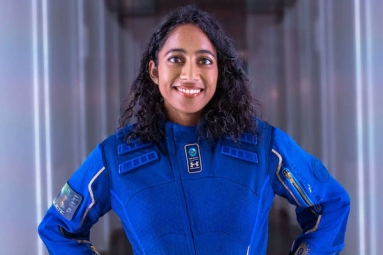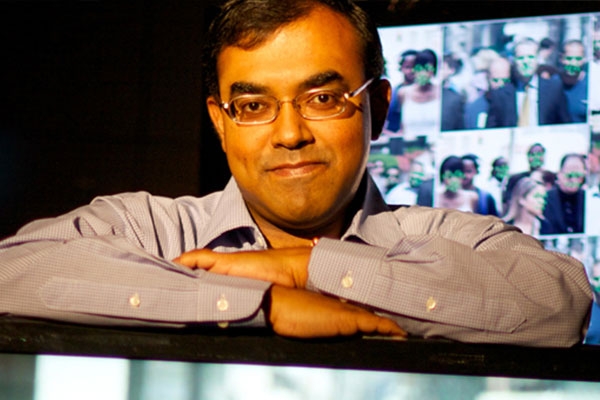
(Image source from: Express Computer)
A group of Indian origin researchers has developed Artificial Intelligence (AI)-driven neutral network that can ascertain manipulated images at the pixel level with high precision. This comes at a time when “deep fake” videos turning a new threat to users’ privacy.
Realistic videos that depict the facial expressions of one individual onto those of another, known as “deep fakes”, present a formidable political weapon in the hands of nation-state bad actors.
The team, which is headed by Amit Roy-Chowdhury, professor of electrical and computer engineering at the University of California, Riverside, is at present working on still images but this can help them find “deep fake” videos.
“We trained the system to distinguish between manipulated and non-manipulated images and now if you give it a new image, it is able to provide a probability that that image is manipulated or not and to localize the region of the image where the manipulation occurred,” said Roy-Chowdhury.
A deep neural network is what artificial intelligence researchers call computer systems that have been drilled to perform specific tasks, in this case, recognize altered images.
These networks are arranged in connected layers; “architecture” refers to the number of layers and structure of the connections between them.
While this might fool the bare eye when examined pixel by pixel, the boundaries of the inserted object are different. For instance, they are often smoother than natural objects.
By finding boundaries of inserted and removed objects, a computer should be able to identify altered images.
The researchers tested the neural network with a collection of images it had never seen earlier, and it noticed the altered ones most of the time. It even spotted the manipulated region.
“If you can understand the characteristics in a still image, in a video it’s basically just putting still images together one after another,” explained Roy-Chowdhury in a paper published in the journal IEEE Transactions on Image Processing. He added, “The more fundamental challenge is probably figuring out whether a frame in a video is manipulated or not.”
Even a single manipulated frame would raise a warning of danger.
Roy-Chowdhury, however, believes we still have a long way to go before automated tools can find “deep fake” videos in the wild.
“This is kind of a cat and mouse game. This whole area of cybersecurity is in some ways trying to find better defense mechanisms, but then the attacker also finds better mechanisms,” he said.
By Sowmya Sangam



